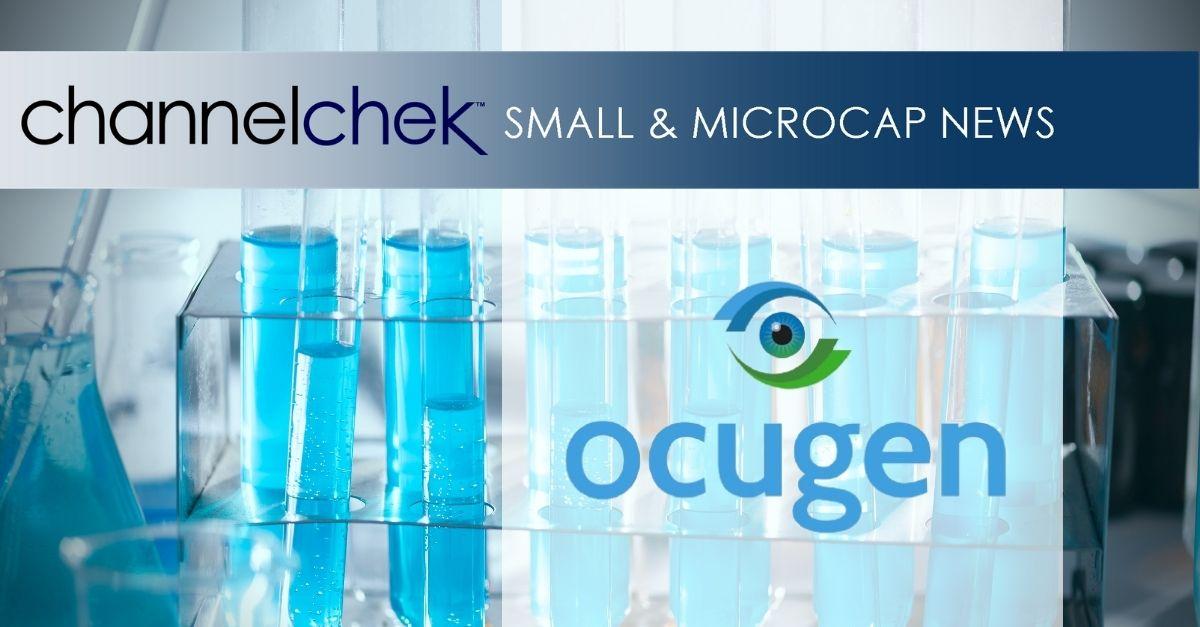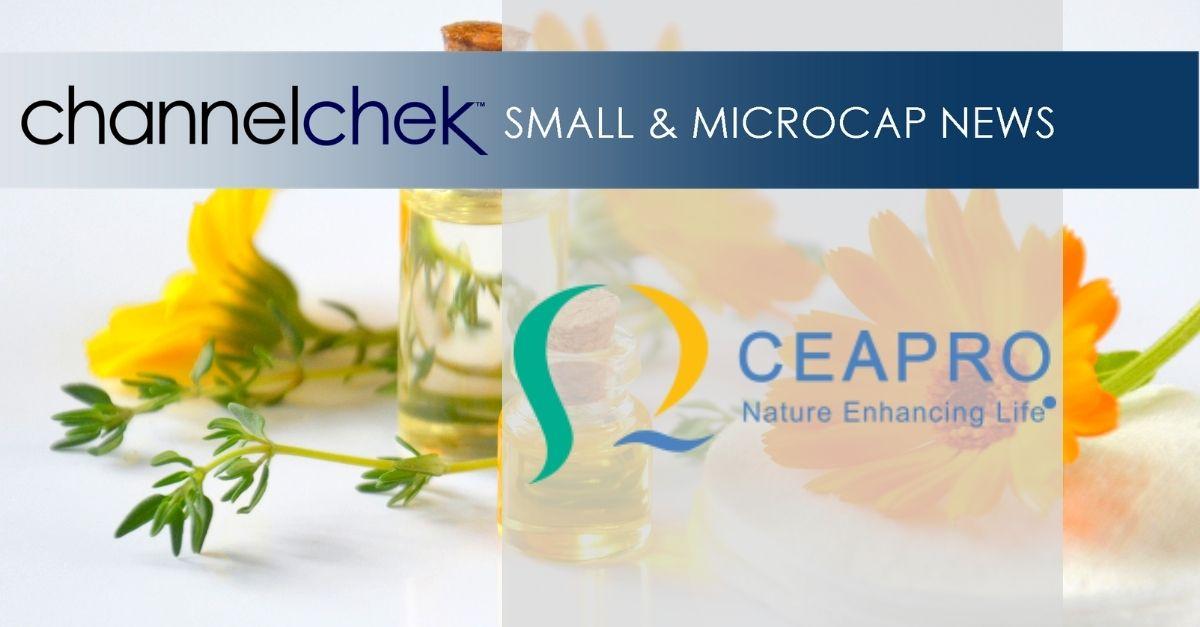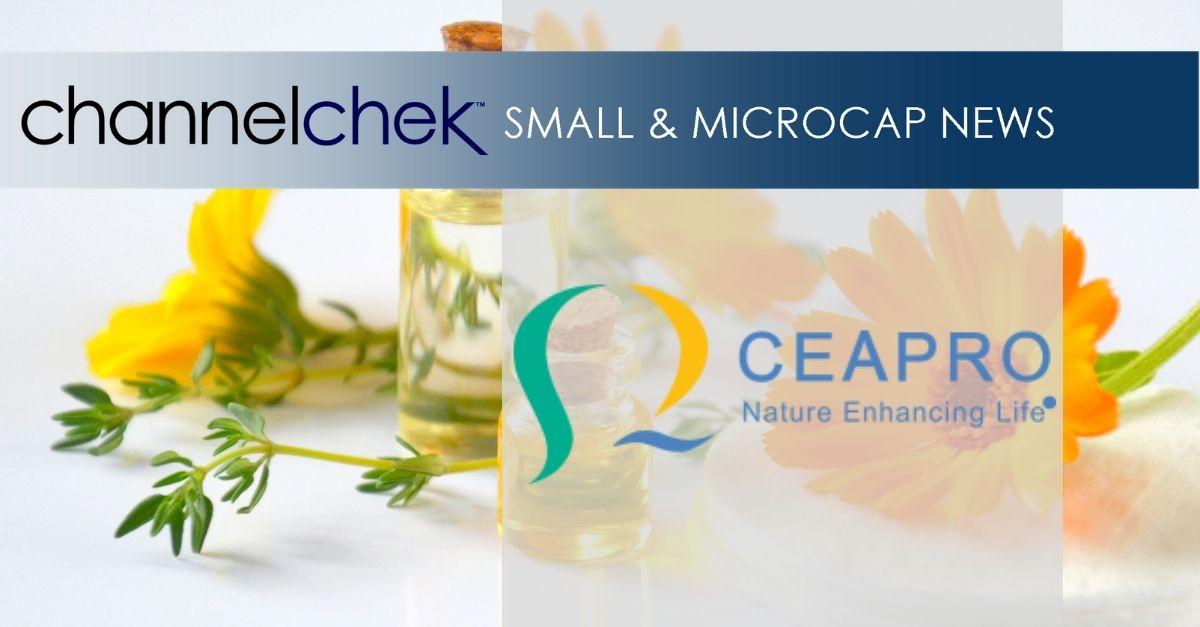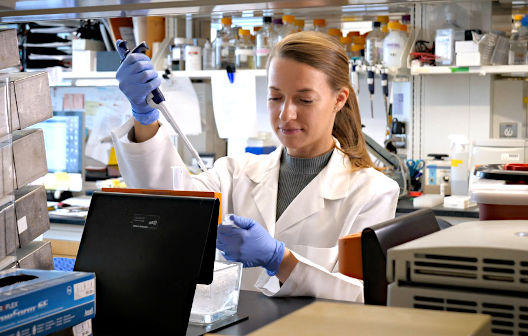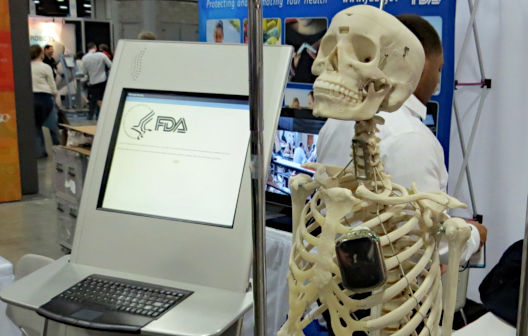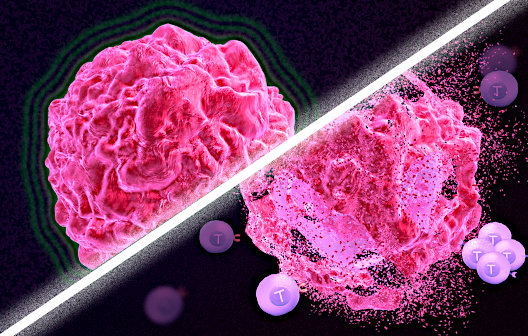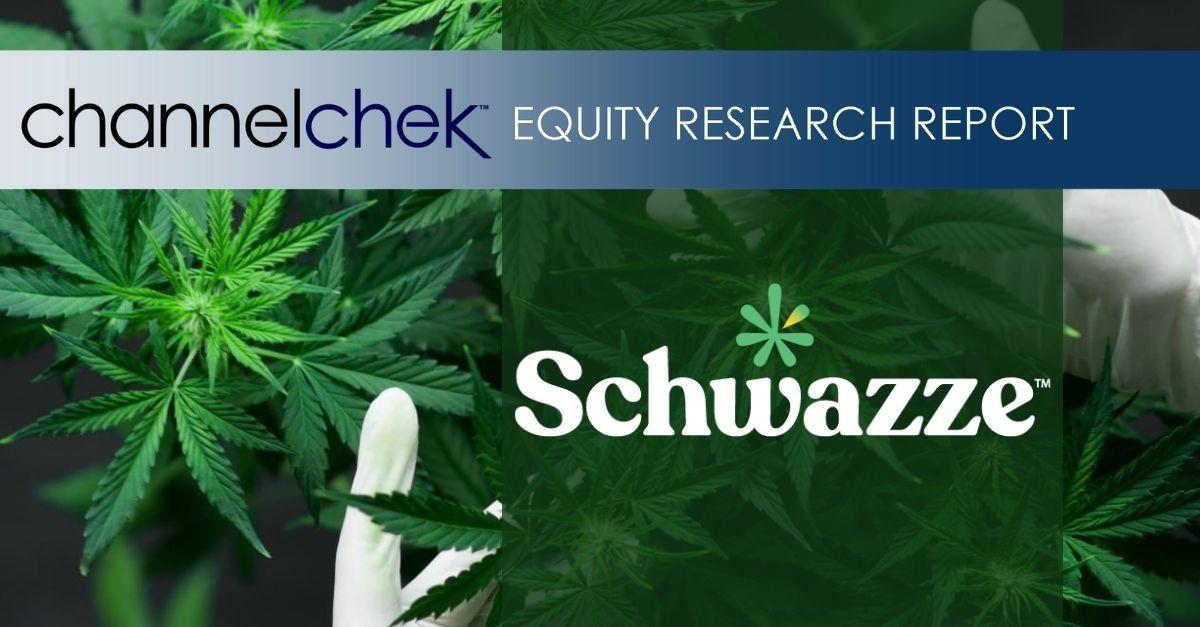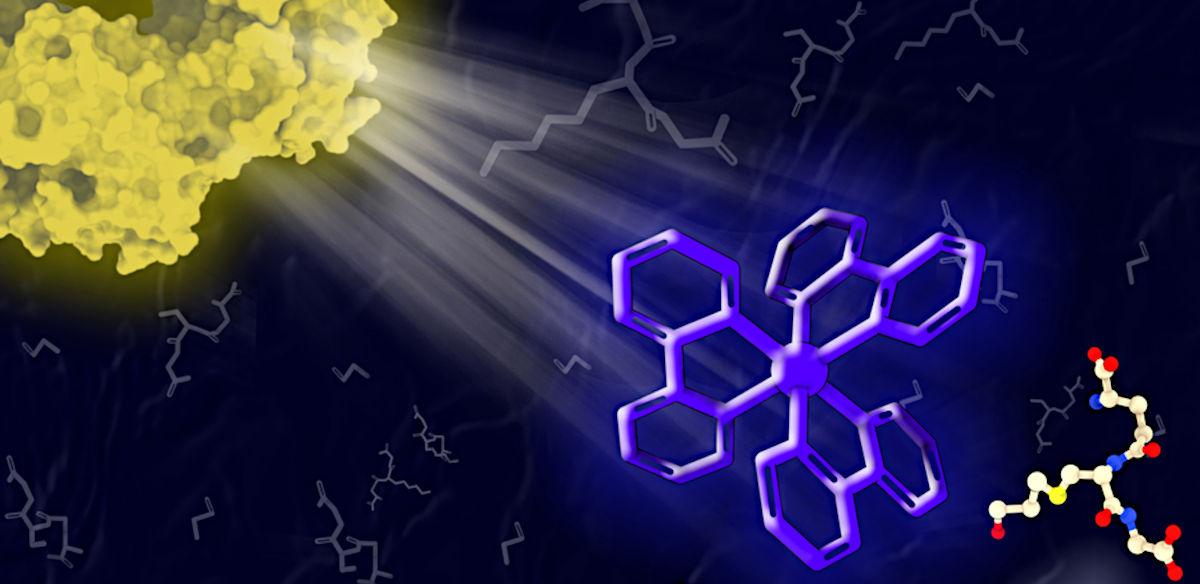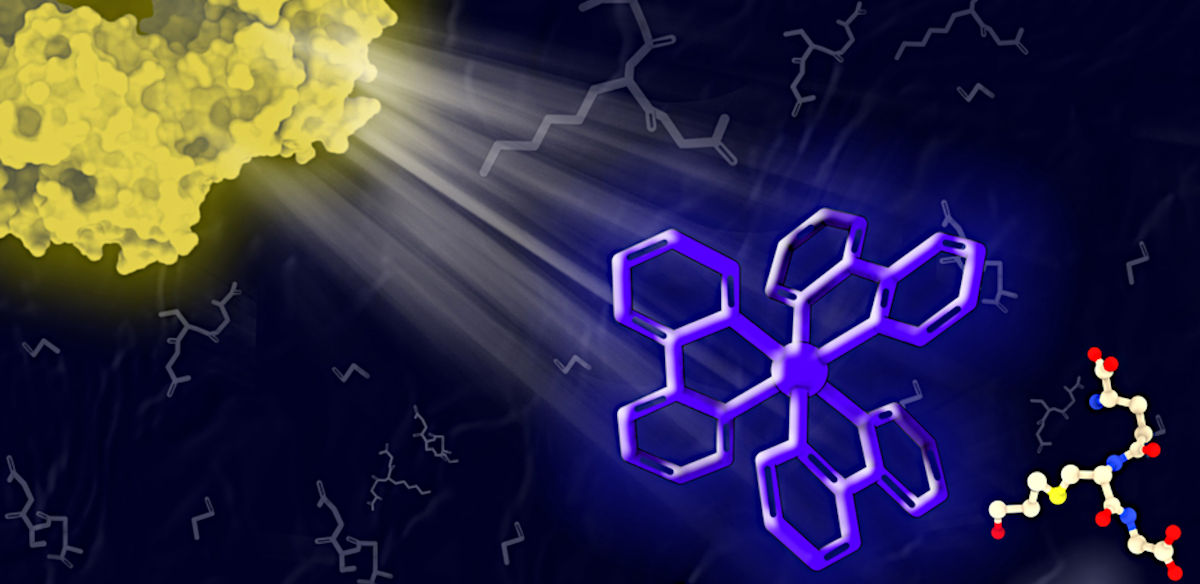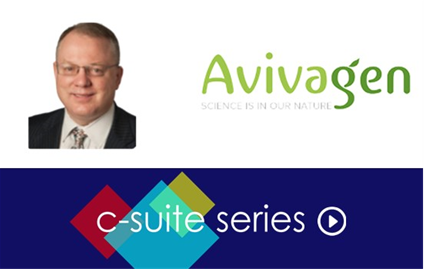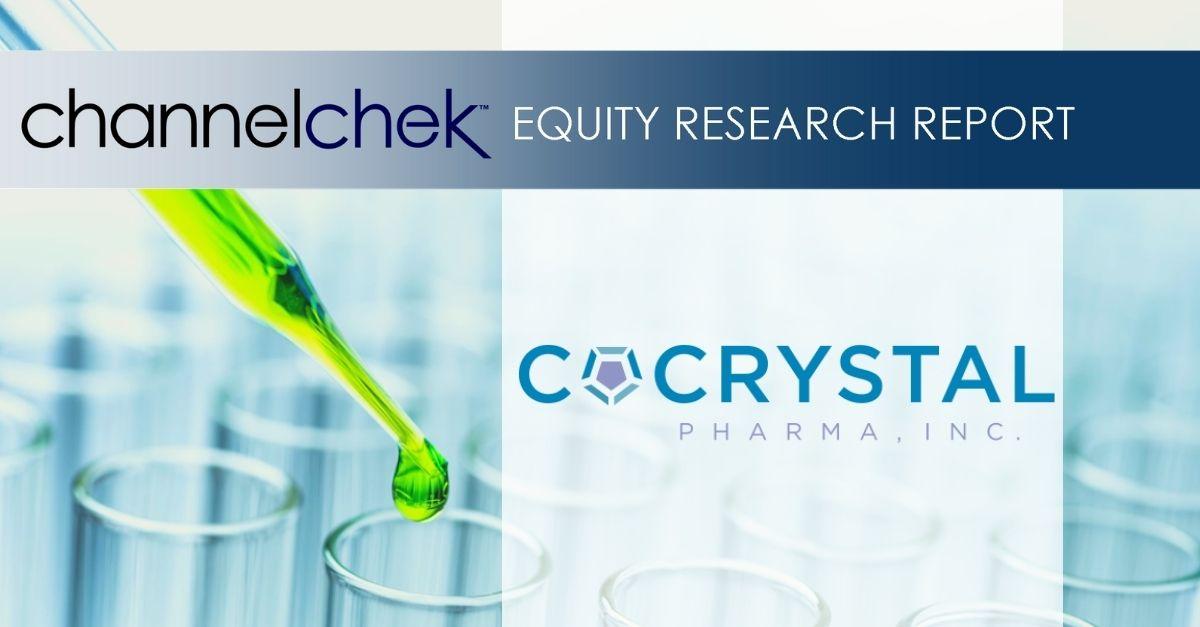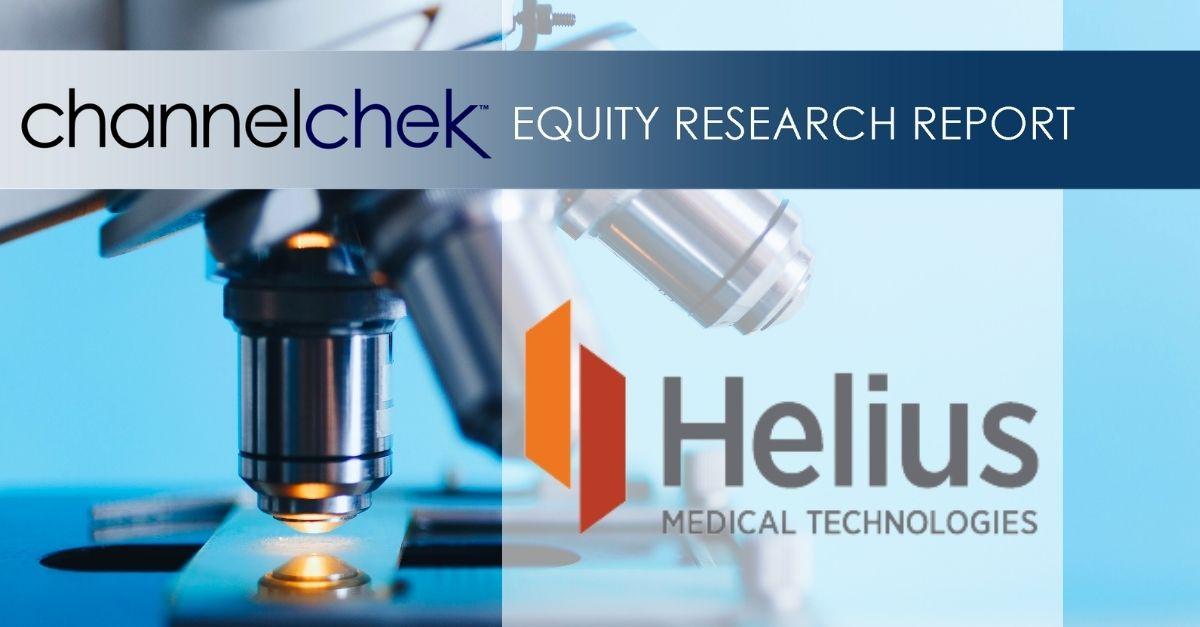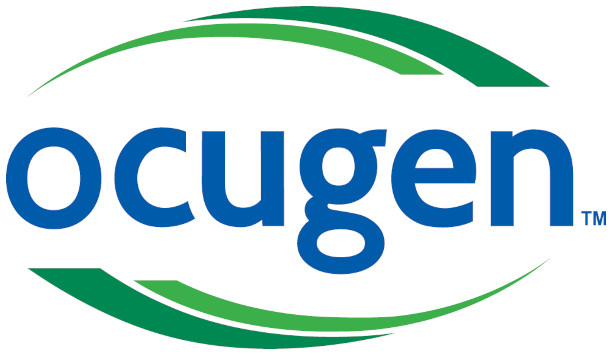
Ocugen Inc. Announces Inducement Grants Under Nasdaq Listing Rule 5635(c)(4)
MALVERN, Pa., Nov. 18, 2021 (GLOBE NEWSWIRE) — Ocugen, Inc. (NASDAQ: OCGN), a biopharmaceutical company focused on discovering, developing, and commercializing gene therapies to cure blindness diseases and developing a vaccine to save lives from COVID-19, today announced the Compensation Committee of the Board of Directors of Ocugen approved the grant of stock options to purchase an aggregate of 93,000 shares of its common stock and restricted stock units (RSUs) covering an aggregate of 15,600 shares of common stock to six hired employees. The stock options and RSUs were granted as of November 16, 2021, as material inducements to employment in accordance with Nasdaq Listing Rule 5635(c)(4).
The stock options have a ten-year term and have an exercise price of $8.13 per share, which is the closing price of Ocugen’s common stock on the grant date. The stock options and RSUs vest in equal annual installments over a three-year period starting on the one-year anniversary of the grant date, subject to the applicable new employee’s continued service with Ocugen through the applicable vesting dates. The stock options and RSUs were granted outside of Ocugen’s 2019 Equity Incentive Plan.
About Ocugen, Inc.
Ocugen, Inc. is a biopharmaceutical company focused on discovering, developing, and commercializing gene therapies to cure blindness diseases and developing a vaccine to save lives from COVID-19. Our breakthrough modifier gene therapy platform has the potential to treat multiple retinal diseases with one drug — “one to many,” and our novel biologic product candidate aims to offer better therapy to patients with underserved diseases such as wet age-related macular degeneration, diabetic macular edema, and diabetic retinopathy. We are co-developing Bharat Biotech’s COVAXIN™ vaccine candidate for COVID-19 in the U.S. and Canadian markets. For more information, please visit www.ocugen.com.
Cautionary Note on Forward-Looking Statements
This press release contains forward-looking statements within the meaning of The Private Securities Litigation Reform Act of 1995, which are subject to risks and uncertainties. We may, in some cases, use terms such as “predicts,” “believes,” “potential,” “proposed,” “continue,” “estimates,” “anticipates,” “expects,” “plans,” “intends,” “may,” “could,” “might,” “will,” “should” or other words that convey uncertainty of future events or outcomes to identify these forward-looking statements. Such statements are subject to numerous important factors, risks and uncertainties that may cause actual events or results to differ materially from our current expectations, such as market and other conditions. These and other risks and uncertainties are more fully described in our periodic filings with the Securities and Exchange Commission (the “SEC”), including the risk factors described in the section entitled “Risk Factors” in the quarterly and annual reports that we file with the SEC. Any forward-looking statements that we make in this press release speak only as of the date of this press release. Except as required by law, we assume no obligation to update forward-looking statements contained in this press release whether as a result of new information, future events or otherwise, after the date of this press release.
Ocugen Contact:
Ken Inchausti
Head, Investor Relations & Communications
IR@Ocugen.com
